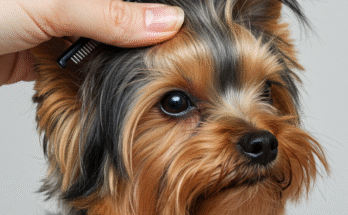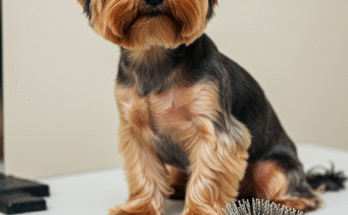A Survival Guide: Navigate the first 30 days with your Yorkie puppy effortlessly. Our survival guide offers essential tips for training, care, and bonding with your new furry friend. Congratulations! You’ve just brought home a tiny, adorable, fluffball of a Yorkshire Terrier puppy. Your heart is full, your camera roll is overflowing, and your life is about to change forever. The next 30 days are a whirlwind of joy, cuddles, and… a fair amount of chaos.
This first month is the most critical period for setting the foundation for a lifetime of good behavior. To help you navigate the sleepless nights and tiny puddles, here is your week-by-week survival guide to the first 30 days with your new Yorkie puppy.
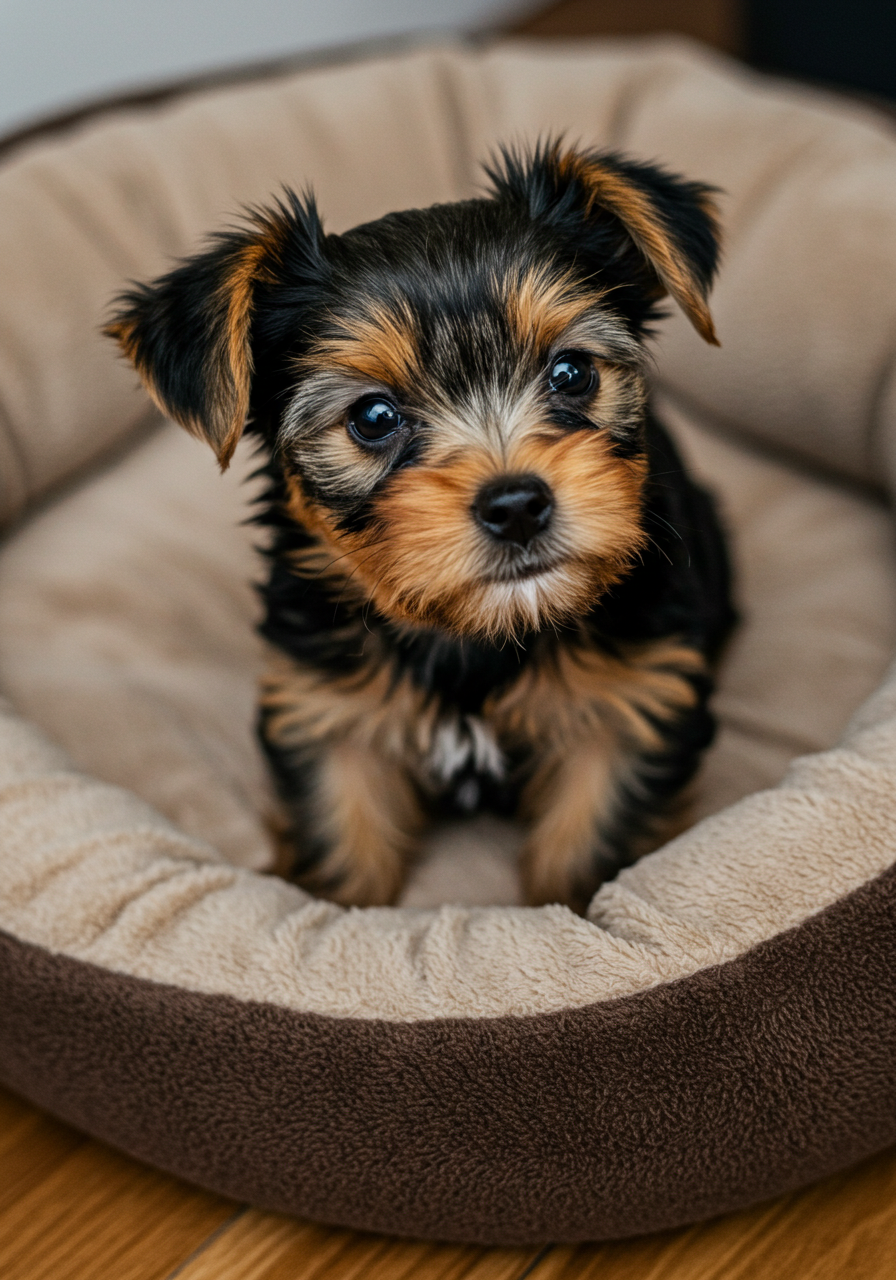
Week 1: Survival and Bonding (Days 1-7)
Your primary goal this week is to help your tiny puppy feel safe and to establish a predictable routine. Expect them to be nervous and miss their mother and littermates.
- Focus On: The Crate is a Safe Den. Introduce the crate immediately as a cozy, safe space, never as a punishment. Make it comfortable with a soft blanket. Feed them their meals in the crate with the door open to build a positive association.
- Potty Training Starts NOW: This is your #1 job. Take your puppy out every 30-60 minutes when they are awake, as well as immediately after waking up, after playing, and after eating. When they go potty outside, throw a “potty party” with lots of praise and a high-value treat.
- Manage Hypoglycemia: Yorkie puppies are tiny and prone to dangerously low blood sugar. Ensure they are eating small, frequent meals (usually 3-4 times a day). If your puppy seems weak, wobbly, or lethargic, rub a little corn syrup or Nutri-Cal on their gums and call your vet immediately.
- Expect Crying at Night: This is normal. A warm water bottle wrapped in a towel or a ticking clock can simulate their mother’s warmth and heartbeat. Resist the urge to let them out every time they whine, or you’ll teach them that whining gets them attention.
Week 2: Establishing Routine and Rules (Days 8-14)
Your puppy is starting to feel more confident. Now is the time to gently introduce the rules of your household.
- Focus On: Nipping and Bite Inhibition. Puppies explore with their mouths. When your Yorkie nips your hand, let out a high-pitched “ouch!” and briefly withdraw your hand. Immediately redirect their mouth to an appropriate chew toy. This teaches them that human skin is sensitive.
- Start Basic Commands: Keep it fun and short (5-minute sessions). Lure them into a “sit” with a treat and say the word as they do it. This is more about building a positive association with training than achieving perfection.
- Continue Strict Potty Routine: Accidents will still happen. When they do, don’t scold. Clean it up with an enzymatic cleaner (to eliminate odors that attract them back to the same spot) and be more vigilant about taking them out.
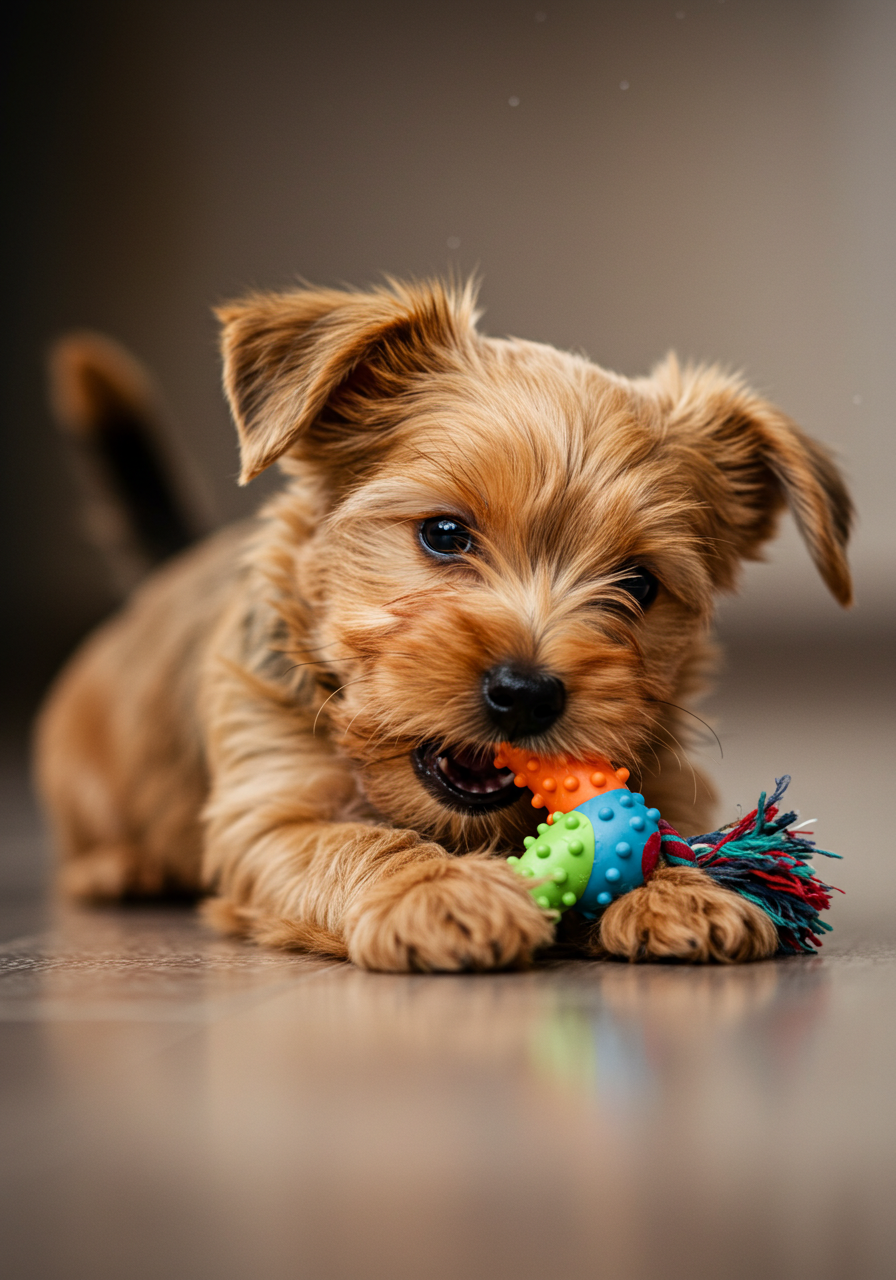
Week 3: Socialization Window (Days 15-21)
This is a critical period for socialization. Your goal is to create positive, safe experiences with the world.
- Focus On: Positive Exposures. Socialization is not about forcing your puppy to interact with everyone. It’s about exposing them to new sights, sounds, and surfaces in a way that builds confidence.
- Carry them around a pet-friendly store.
- Let them walk on different surfaces like grass, pavement, and carpet.
- Introduce them to the sound of the vacuum cleaner from a distance, giving them treats.
- Schedule a Vet Visit: Your puppy will need to see the vet for their next round of vaccinations and a general check-up. This is also a great socialization experience!
- Grooming Practice: Get them used to being handled. Gently touch their paws, look in their ears, and brush them for a minute or two with a soft brush every day.
Week 4: Building Confidence and Consistency (Days 22-30)
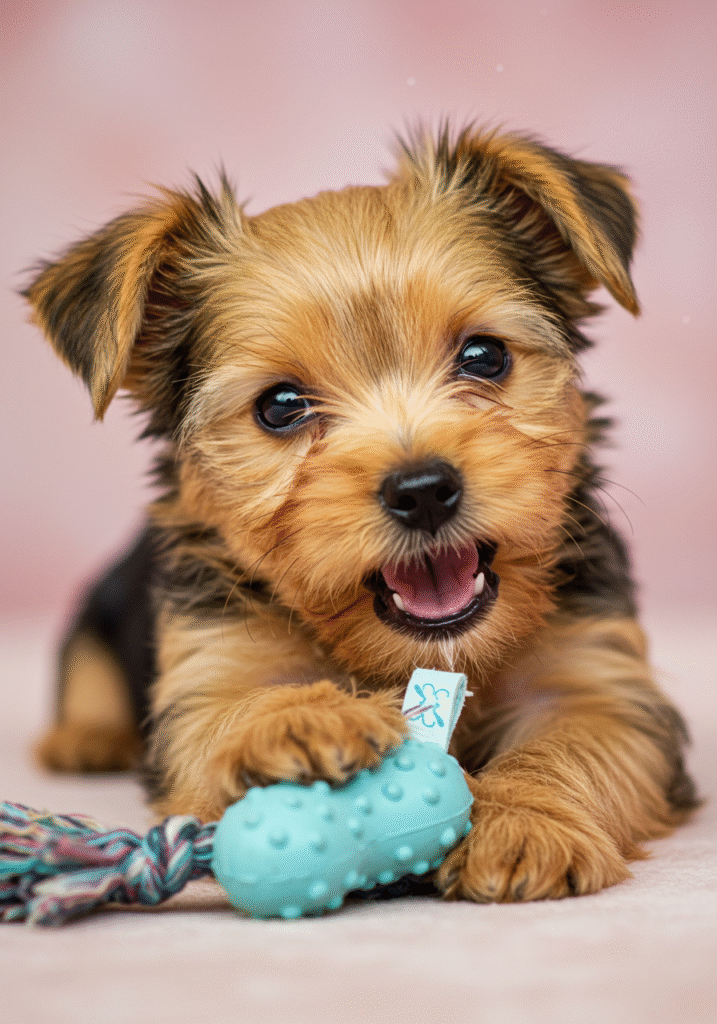
By now, you should see a real personality emerging. Your main job is to be consistent with everything you’ve started.
- Focus On: Alone Time. Start leaving your puppy alone in their crate or a puppy-proofed room for very short periods (5-10 minutes at first), gradually increasing the time. This helps prevent separation anxiety from developing.
- Leash and Harness Introduction: Let them get used to wearing a lightweight harness around the house for short periods. Once they are comfortable, attach a light leash and let them drag it around (under supervision).
- Celebrate the Progress! Look back at how far you’ve come. The sleepless nights are fewer, you’re starting to understand their potty signals, and a real bond has formed. You survived!
Conclusion: The Start of a Beautiful Friendship
The first 30 days are a challenging but incredibly rewarding marathon. By focusing on routine, positive reinforcement, and a whole lot of patience, you are building the foundation for a well-behaved, confident, and deeply bonded companion for years to come. You’ve got this!
What was the biggest challenge during your first month with a new puppy? Share your survival tips in the comments!
